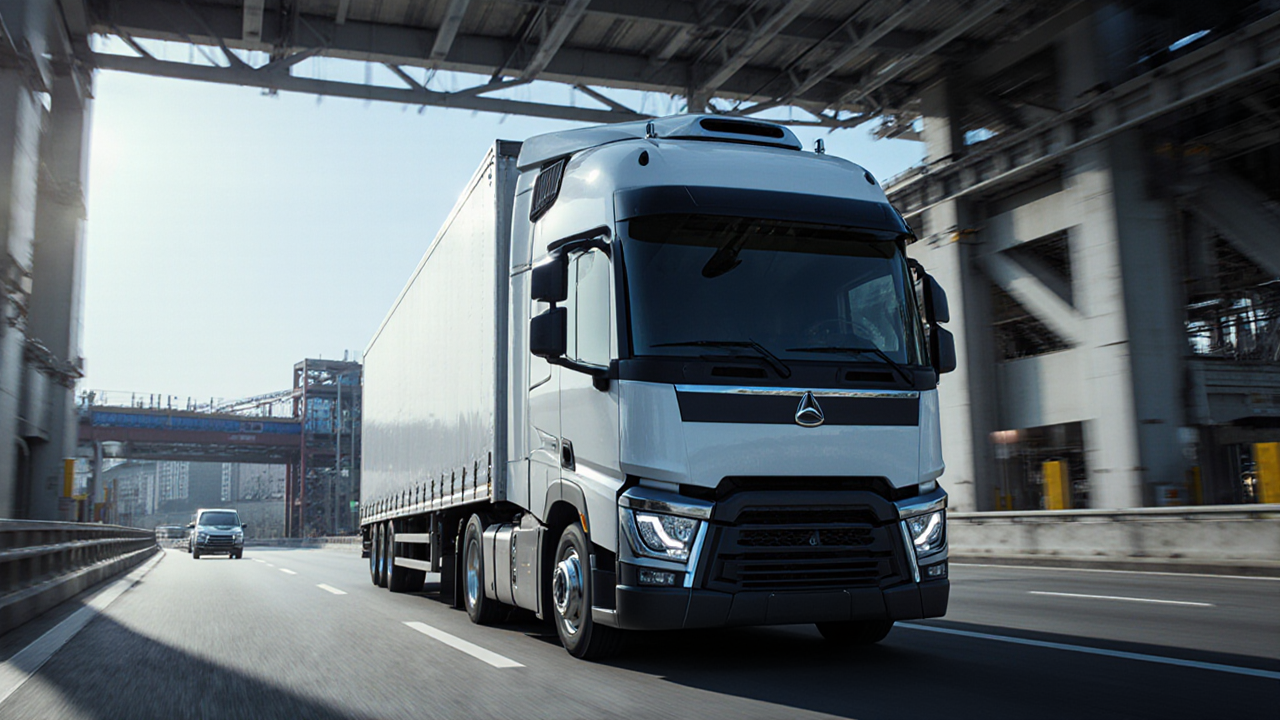
The recent public offering of a leading autonomous mobility provider in Hong Kong has sent ripples through the global logistics and supply chain community. The company raised HK$6.71 billion—equivalent to $863 million—by pricing its shares at HK$139 each. In the base offering, 42 million shares were sold, and an additional 6.3 million shares were exercised from the option pool, a move that signals strong investor confidence in the autonomous vehicle sector. The final price represents a discount of just over 4 % to the $18.68 close of its American depositary receipts on the Nasdaq, underscoring a modest but steady valuation trend for emerging mobility firms.
The firm had initially capped the offering at HK$180 per share, a figure that proved ambitious as the ADRs slipped 4.4 % in early trading. This price adjustment reflects the market’s cautious approach to high‑growth, technology‑heavy ventures, yet the overall capital raised remains a significant boost for scaling autonomous operations. A major ride‑hailing conglomerate, exploring a $100 million investment in the share sale, illustrates how traditional logistics players are actively seeking exposure to next‑generation mobility solutions.
Parallel listings by other autonomous vehicle pioneers further highlight the sector’s momentum, particularly in light of Beijing’s policy ambition to lead the world in driverless technology by 2035. Such policy signals create a conducive environment for capital inflows and accelerate the commercialization of autonomous fleets, which can dramatically reduce last‑mile delivery times and improve asset utilization across supply chains.
The proceeds from the Hong Kong offering are earmarked for large‑scale commercialization of Level 4 autonomous driving technology in both robotaxi and robottruck services, alongside continued research and development. The company’s financial roadmap targets profitability by 2028 or 2029, a timeline that aligns with the broader industry shift toward sustainable, low‑emission freight solutions.
Since its debut in November 2024, the firm’s ADRs have surged 44 %, elevating its market capitalization to $7.2 billion. This rapid valuation growth signals that investors are willing to pay a premium for early access to autonomous logistics capabilities, a trend that supply chain leaders should monitor when assessing future partnership or acquisition opportunities.
The listing was supported by a coalition of global financial institutions, reflecting the confidence of the investment community in the long‑term value proposition of autonomous freight and passenger transport.
For senior operations leaders, the unfolding narrative offers several actionable insights. First, the capital raised by autonomous mobility firms underscores the importance of securing funding for technology adoption, whether through internal capital allocation or strategic alliances. Second, the modest discount to the ADR price indicates that markets are still calibrating the risk‑reward profile of autonomous operations; leaders should therefore balance early entry with rigorous risk assessment. Third, the policy backdrop in China and other major markets signals that regulatory support can accelerate deployment, so supply chain executives should engage with policymakers to shape favorable frameworks. Finally, the projected profitability timeline highlights the necessity of integrating autonomous solutions into broader sustainability and efficiency strategies, ensuring that technology investments translate into measurable operational gains.
In sum, the Hong Kong listing of a top autonomous mobility provider is more than a headline; it is a bellwether for the evolving logistics landscape. As supply chain professionals navigate this shift, the key will be to translate the momentum into concrete, data‑driven initiatives that enhance resilience, reduce costs, and drive sustainable growth.
Loading comments...